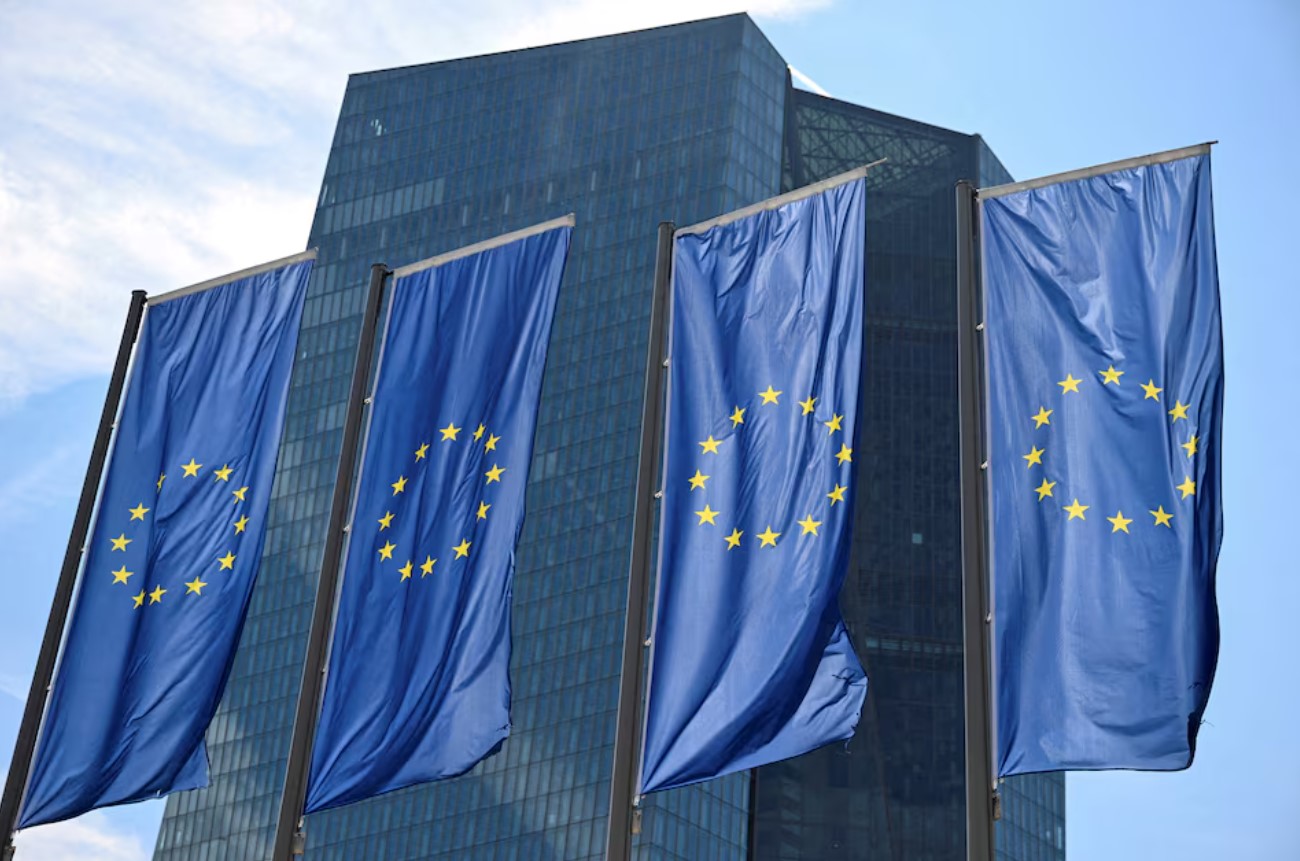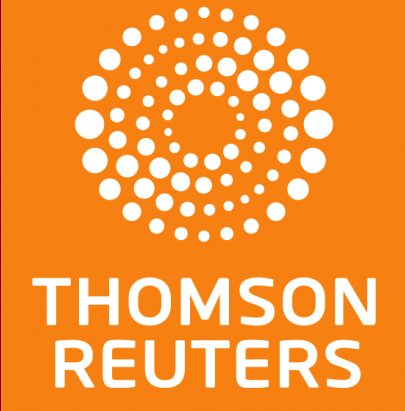The ECB has cut interest rates by a quarter point.
It also kept the door open to further easing ahead as inflation closes in on its goal and the economy remains weak.
The central bank for the 20 countries that share the euro reduced the rate it pays on bank deposits, which drives financing conditions in the bloc, to 3.0 per cent from 3.25 per cent.
It was at a record 4.0 per cent only in June.
It also signalled that further cuts are possible by removing a reference to keeping rates “sufficiently restrictive”, economic jargon for a level of borrowing costs that curbs economic growth.
“Financing conditions are easing, as the Governing Council’s recent interest rate cuts gradually make new borrowing less expensive for firms and households,” the ECB said.
“But they continue to be tight because monetary policy remains restrictive and past interest rate hikes are still transmitting to the outstanding stock of credit.”
There is no universal definition of what constitutes a restrictive rate but economists generally see neutral territory, which neither fuels nor cools growth, at between 2 per cent and 2.5 per cent.
With Thursday’s decision, the ECB also cut the rate at which it lends to banks for one week – to 3.15 per cent – and for one day, to 3.40 per cent.
These facilities have barely been used in recent years as the ECB has supplied the banking system with more reserves than it needs via massive bond purchases and long-term loans.
But they may become more relevant in the future as those programmes end. The ECB confirmed on Thursday it would stop buying bonds under its Pandemic Emergency Purchase Programme this month.
Marchel Alexandrovich, economist, Saltmarsh Economics, London
“Another 25 bps move from the ECB – its fourth rate cut in this easing cycle. The monetary policy statement repeats that the Governing Council is not pre-committing to a particular rate path.”
“However, the new forecasts show core inflation at 1.9 per cent in 2026 and 2027, which suggests that interest rates can continue to be nudged down toward the lower end of the neutral range.”
Michael Brown, senior research strategist, Pepperstone, London
“Accompanying the rate cut was a policy statement that featured a ‘cut and paste’ of the policy guidance issued after the October meeting.”
“Hence, policymakers again committed to following a data-dependent and meeting-by-meeting approach to upcoming decisions, while also stressing that no pre-commitment is being made to a particular rate path.”
“These projections … though, will likely have an incredibly short shelf-life, given that they take no account of recent political tumult in France and Germany, nor do they account for the potential impacts of any trade tariffs imposed by the incoming Trump Administration early in the new year.”







Click here to change your cookie preferences